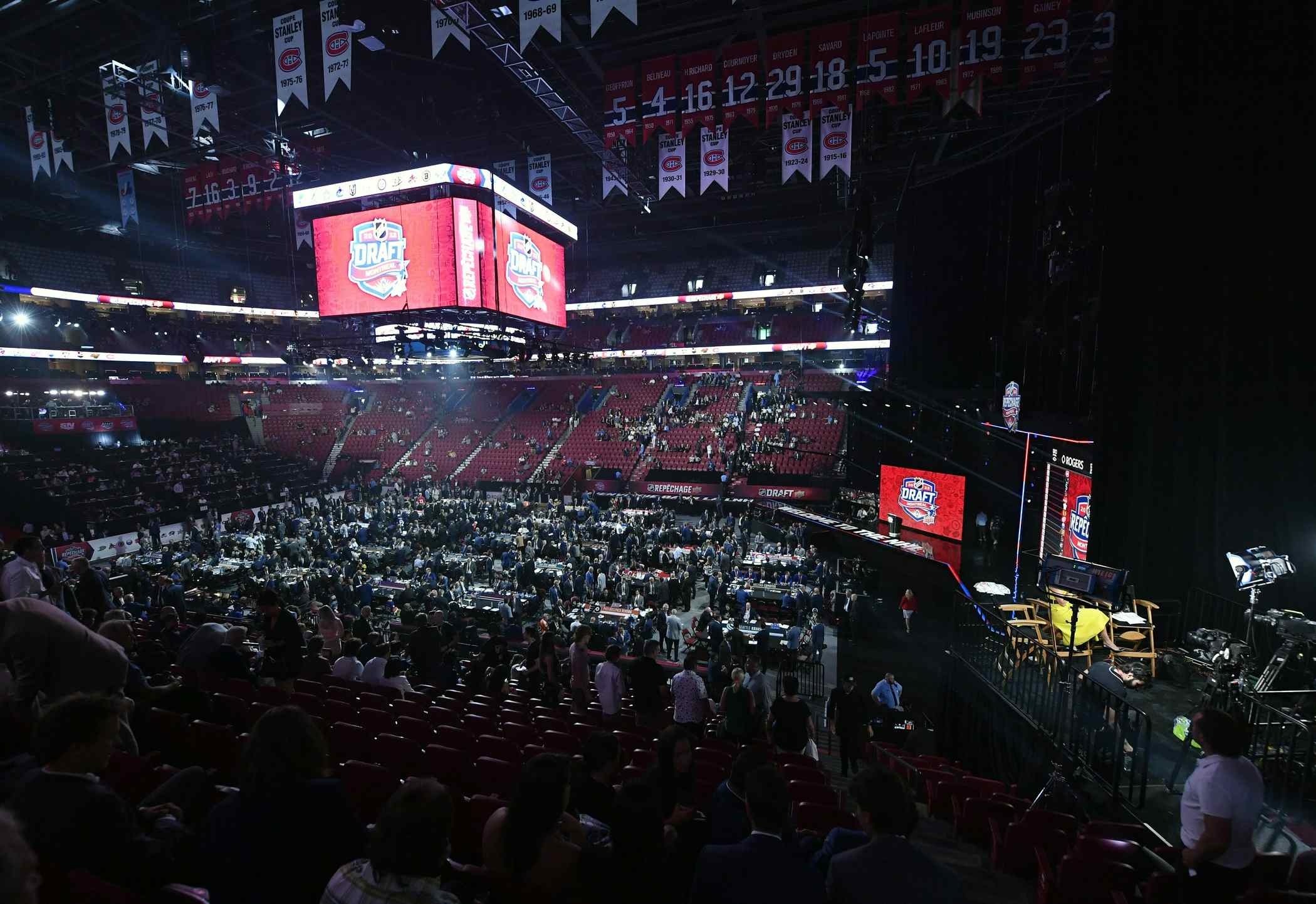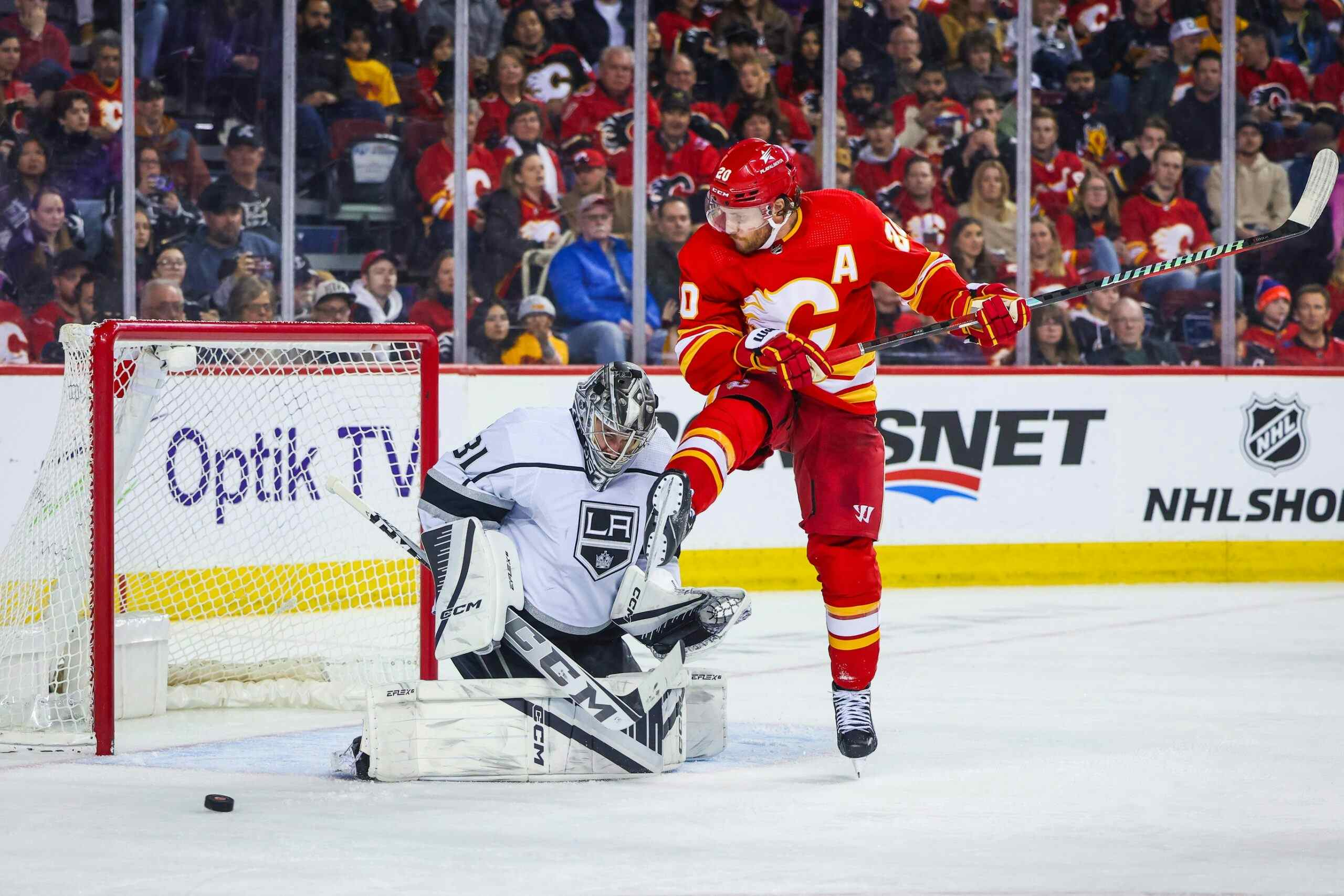FN Mailbag – November 21, 2016
By Kent Wilson
7 years ago
The club has dug themselves a pretty deep hole and it’s going to be very difficult to dig themselves out again this year, especially with Johnny Gaudreau laid up with a broke finger. Things can’t really get much more bleak, can they?
However, there are rays of sunshine starting to poke through the clouds. The Flames are have begun to push the play at even strength, the goaltending has stabilized, the PP doesn’t look totally lost and some of the stars are actually looking like themselves again.
On top of all that, the Pacific is terrible this year. Usually it would require a 92-95 point pace to make the playoffs in the West, but thanks to their lousy division, the Flames may only have to stretch to about 85 points to make the dance.
“Things are always darkest before the dawn,” as they say. Maybe there’s enough time left to turn this ship around.
Today we talk about who the starter is, the Flames’ luck so far and whether we can chart their apparent improvement or not.
To date, Chad Johnson has made the better case to be the Flames’ starter, but we also have years of data suggesting that Brian Elliott is the better puck stopper. Like shooters, goalies go through peaks and valleys every so often, but tend to level out around their true talent over the long run. I expect Johnson will falter at some point and Elliott will reclaim the starter’s role permanently.
A win right now is more practically useful given the club’s desperate need for points of course, but in terms of psychology/progression, etc. I think just stringing together fundamentally strong games is the most important, win or lose.
The Flames can only control the quality of their play. The recent Chicago loss is an example of a good performance not being rewarded due to bounces/circumstances more than anything else. If the club continues to play like they have against Arizona and the Blackhawks, the wins will start to come.
To some degree, yes. Right now they sport the sixth lowest PDO (combination of SH% and SV% at ES) in the NHL at 97.83. As we know, PDO tends to regress towards the league mean of 100 over time, so we should expect things to improve as a matter of course.
Even if you grant that the Flames’ play through the first portion of the season has been bad enough to warrant a terrible PDO, Corsica Hockey actually has an expected PDO measure that theoretically corrects for shot quality and such. The Flames’ xPDO right now is 99.28, nearly three points higher than their actual measure.
So on top of a lot of bad play, the club has had to put up with bad bounces, too.
Thankfully, yes.
Let’s start with even strength play.
We can look at the club’s three-game rolling average in terms of all shot attempts for and against as well as expected goal ratio. First CF% (shot attempts):

The Flames bottomed out terribly by this measure around the end of October and have been gradually gaining ground since.
Next, expected goals (XGF%):

The Flames fell down an even deeper well in terms of xGF, but again have begun to dig upwards in similar fashion to CF% (not coincidentally).
And now for the special teams. First, the PP, which we will grade in terms of shot attempts for per 60 minutes of ice (CF60):

Unfortunately this graph isn’t as dramatic because of the default scale on the Y-axis.
However, upon inspecting the numbers up close, I can tell you the Flames started the year generating around 60-70 shot attempts per hour with the man advantage, before bottoming out around the start of November at just 57.5.
Since then the team’s attempts have climbed up north of 100 to recently settle in around 92/60. That is a much healthier shot rate and will eventually lead to better outcomes if they can keep it up.
Let’s finish with the PK. This time we’ll judge it by all shot attempts against per 60 minutes (CA60):

Again, the Y-axis scale sucks, so the Flames’ drastic improvement is mostly hidden.
Calgary started the year yielding around 100 shot attempts against per hour. That peaked at an abysmal 126/60 at the end of October, before starting a descent to a much more encouraging rate of around 82/60, which is where they end up at the end of the graphic.
Calgary was bad – awful – at everything around the end of October and have gradually been pulling up their socks ever since. There’s no guarantee they won’t plummet into another valley some time soon, but at least there’s some very real signs of improvement for now.
Recent articles from Kent Wilson





